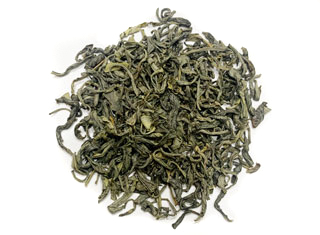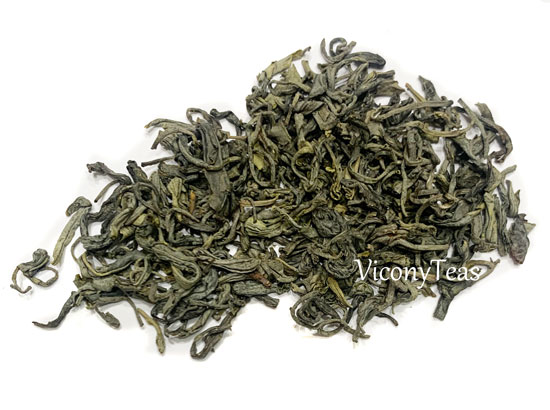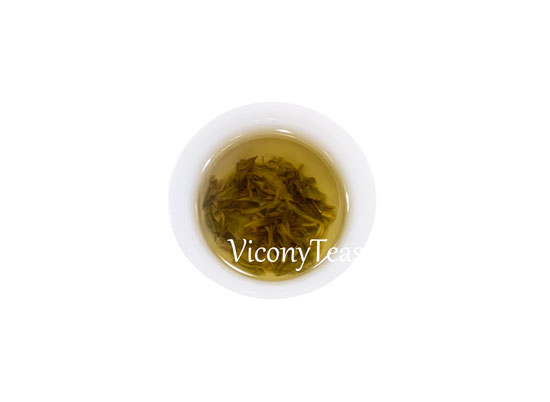


 |
Commodity: Traditional Huoshan Yellow Tea |
| Synonyms: Wanxi Yellow Tea | |
| Art.No: THY23 | |
| Place of Origin: Huoshan County, China | |
| Supply Capacity: 400KG | |
| Shelf Life: Two Years | |
| Packaging: 25kgs/ carton, aluminum foil bag inside, more packaging options available upon your request |
| Storage: Stored in a well-closed container away from moisture and light |
| Shipping&Payment: |
| 1) For orders above USD3000, pls contact us for details. |
| 2) For tea shops, tea houses or any trial orders below USD 3000: |
| Oversea Door to Door Wholesale Service is Available!>See Detail< |
More Information: |
| Certification: | - |
| Tea Varietal: | Jin Ji Cultivar |
| Harvest Time: | Mid April |
| Farming Methods: | - |
| Production Methods: | Orthodox (Plucking-Sha Qing(Kill Green)--Preliminary Baking--Meng Huang(Muffling)-2nd Baking-Heavily Roasting-Packing) |
| Introduction: | Huoshan in western Anhui province is part of the Dabie mountain range, historically known as a geographically strategic stronghold. Yellow tea is nearly identical in its processing to green tea, except that it experiences an additional "blanket yellowing" 闷黄 mèn huáng either right off the wok while the leaves are hot and moist (湿闷 shī mèn), or when the leaves have finished drying (干闷 gàn mèn). This engenders a type of mostly anaerobic flash oxidation — fermentation — to produce the distinctive yellowing. Oftentimes yellow teas that experience wet yellowing off of the wok will be treated with a brief roasting step to wick away left over moisture and impart a nutty finish. Over the past hundred years, due to its much higher production cost than green tea but yellow color, many people mistaken it for old tea, making it increasingly niche. Most of yellow tea producers switched to producing green tea, and the traditional yellow tea yellowing process was gradually lost. In recent years, more and more people have been rediscovering the benefits of traditional yellow tea for digestion and its mild and non-irritating properties to the stomach and intestines. Experts from the Anhui Tea Research Institute and tea farmers worked together to restore the traditional production process of Huoshan yellow tea after repeated experiments and hard work. The newly developed Huoshan yellow tea truly reaches the quality and taste of traditional yellow tea, without the irritation of green tea, and with a mild chestnut aroma, and is well received by tea lovers. |
| Preparation Methods: | 1. Put 5g Huoshan Yellow Tea into a 100ml ceramic tureen (Gaiwan) ; 2. Pour into the tureen 100°C water; 3. Brew for 20 seconds for the first brewing, longer time for the following brewing; 4. The Huoshan Yellow Tea stands up to more than four brewing. |
| Flavor \taste note: | Mellow, mild and a nutty taste without the grassy smell associated with green tea, |
| Dried leaves: | Long and curly in yellow color |
| Liquor: | Bright yellowish orange |
| Brewed Tealeaves: | Elastic and thick tealeaves in brown color |
| More Photos: |
|


